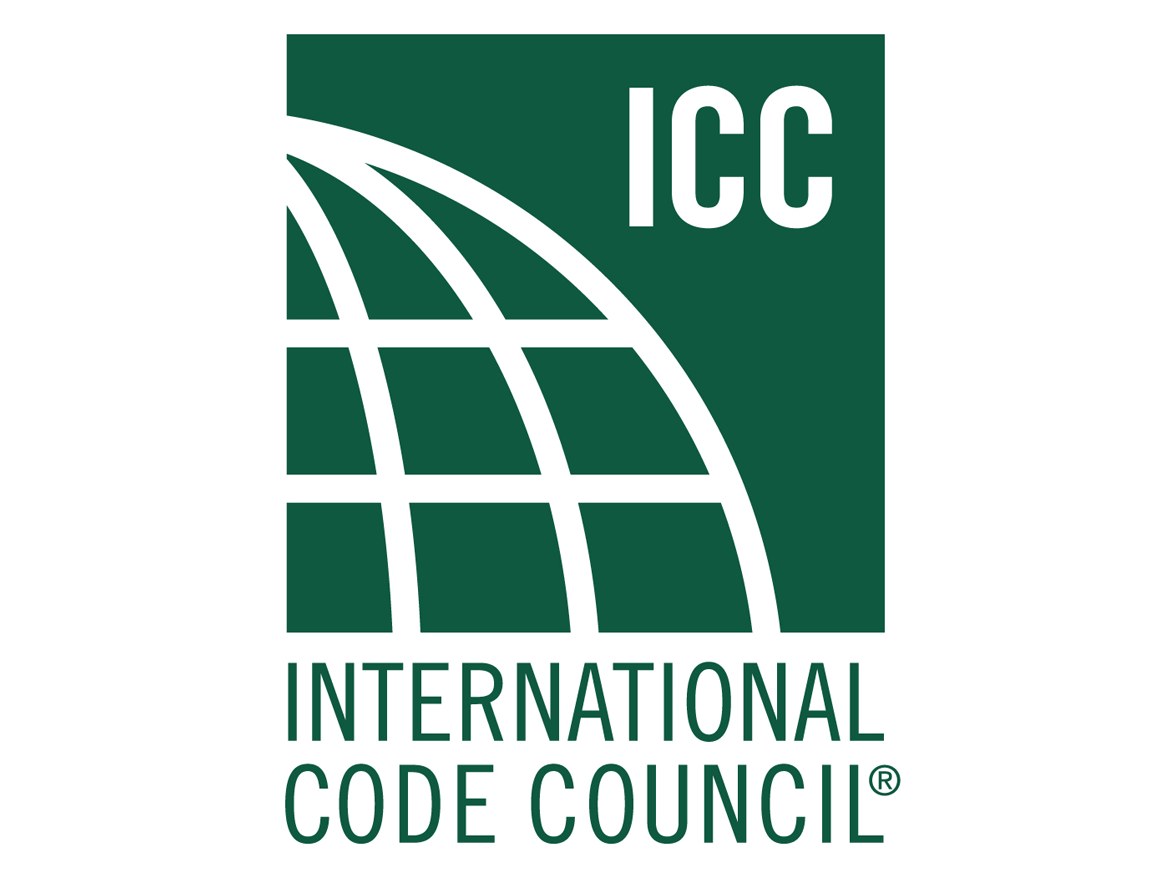
Michael Armstrong CEO of NCARB
Understanding NCARB's role
Sponsored by Vitro Architectural Glass | Presented by Mike Armstrong
This conversation with Mike Armstrong, from NCARB, provides an in-depth look at the architectural licensure process, its history, and upcoming changes aimed at increasing accessibility and flexibility. Armstrong explains NCARB’s role as an advisory body to state licensing boards and outlines the three core components of licensure: education, experience, and examination. He discusses efforts to make the licensure process more inclusive, including alternative pathways for candidates without a NAAB-accredited degree and a shift toward competency-based evaluation. The discussion also touches on reducing financial barriers, improving the quality of continuing education, and modernizing the exam to better reflect professional practice. Armstrong emphasizes NCARB’s commitment to maintaining rigorous standards while creating more flexible and equitable pathways to licensure.
Photo courtesy of NCARB
The National Council of Architectural Registration Boards (NCARB) is a nonprofit organization made up of the architectural licensing boards of 55 U.S. states and territories
 |
Aaron Prinz is the host of the Design:ED Podcast and holds a Masters of Architecture degree from the University of Texas at Austin. He was born and raised in the rural Northern California town of Red Bluff, just two hours south of the Oregon border. After one year of college, Prinz relocated to San Francisco to pursue a career in stand-up comedy. At age 26, he began studying architecture at Portland State University while interning at Studio Petretti Architecture led by Amanda Petretti. His professional contributions while at Studio Petretti were focused on a portion of the new Multnomah County Courthouse which is a prominent addition to the Portland skyline. He currently resides in Austin, Texas with his wife Roxanne where he continues to work as a designer. |
Vitro Architectural Glass (formerly PPG Glass), North America’s largest glass producer, is dedicated to glass innovation and fueled by the same people, plants and products that made PPG Glass one of the industry’s most respected and reliable commercial glass manufacturers.
Originally published in Architectural Record
Originally published in February 2025
LEARNING OBJECTIVES
- Understand the role of NCARB in the architectural licensure process and its function as an advisory body to state licensing boards.
- Identify the three core components of architectural licensure—education, experience, and examination—and the alternative pathways available for candidates.
- Analyze the impact of competency-based licensure reforms on the profession and how they aim to create more flexible and inclusive qualification standards.
- Evaluate the financial and educational barriers to licensure and explore NCARB’s initiatives to improve accessibility, affordability, and professional competency development.











